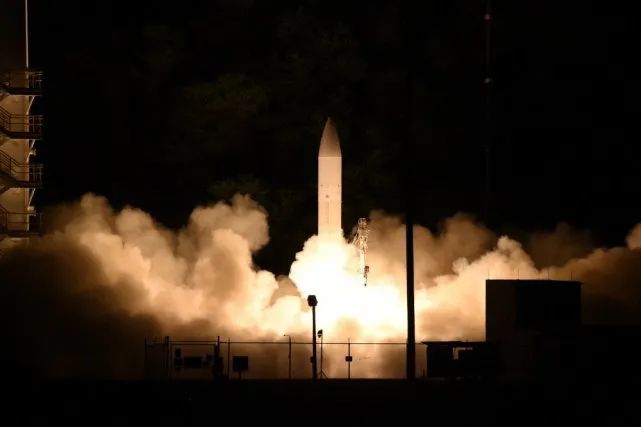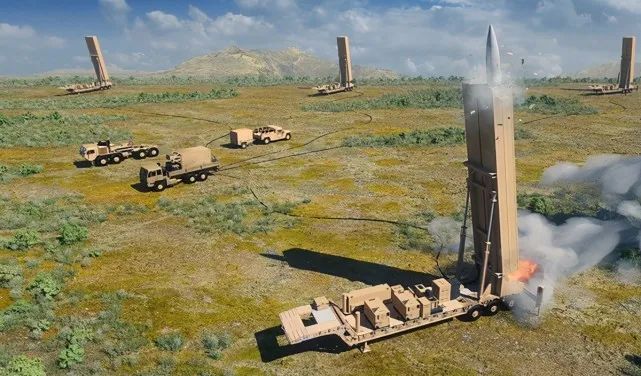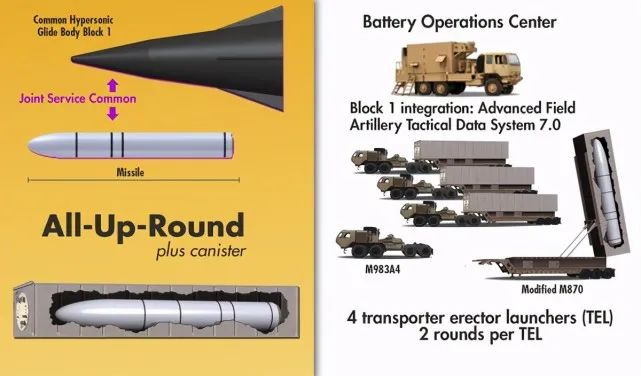Taiwan media on May 16 quoted the United States “Break defense” article that the U.S. Army spokesman recently broke the silence for the first time, confirmed that the U.S. Army’s “long-range hypersonic weapon” (LRHW) missile range “far beyond 2775 kilometers.” “Breaking defense” said that in the event of a “Taiwan strait conflict”, the U.S. military’s Guam forces will be able to directly attack the PLA.

The “Breaking defense” article said it would be a nightmare for the United States if there was a “Taiwan conflict” and U.S. allies refused to allow U.S. troops to use its territory. But now, a U.S. Army spokesman has broken years of silence, revealing that the LRHW missile has a range “over 2,775 kilometers” and that the U.S. military base in Guam has the ability to directly attack the PLA, while Guam is 2,500 kilometers from Taiwan.
Taiwan media said the article used “Watch Out China” directly to warn Chinese mainland. If U.S. allies allow U.S. forces to use LRHW missiles on their territory, the article said, it would be a “nightmare for the mainland” for the U.S. military to attack Chinese mainland targets more than 1,000 miles away in Taiwan, Japan or South Korea.

The paper also analyzes that the U.S. Navy develops precision strike weapons similar to LRHW missiles, which can strike the PLA directly from submarines or ships in the Pacific Ocean, with greater mobility and regardless of allies. However, Army weapons are less expensive and can take advantage of terrain to avoid attack by adversaries. They are expected to acquire the first prototype of a long-range hypersonic weapon by 2023, according to the U.S. Army Corps Of Land Officers.
On the issue of the development of hypersonic weapons by the United States, a spokesman for China’s Foreign Ministry responded that in recent years, the United States has taken the lead in developing hypersonic weapons, which has directly led to an arms race of such weapons, seriously affecting global strategic stability.



